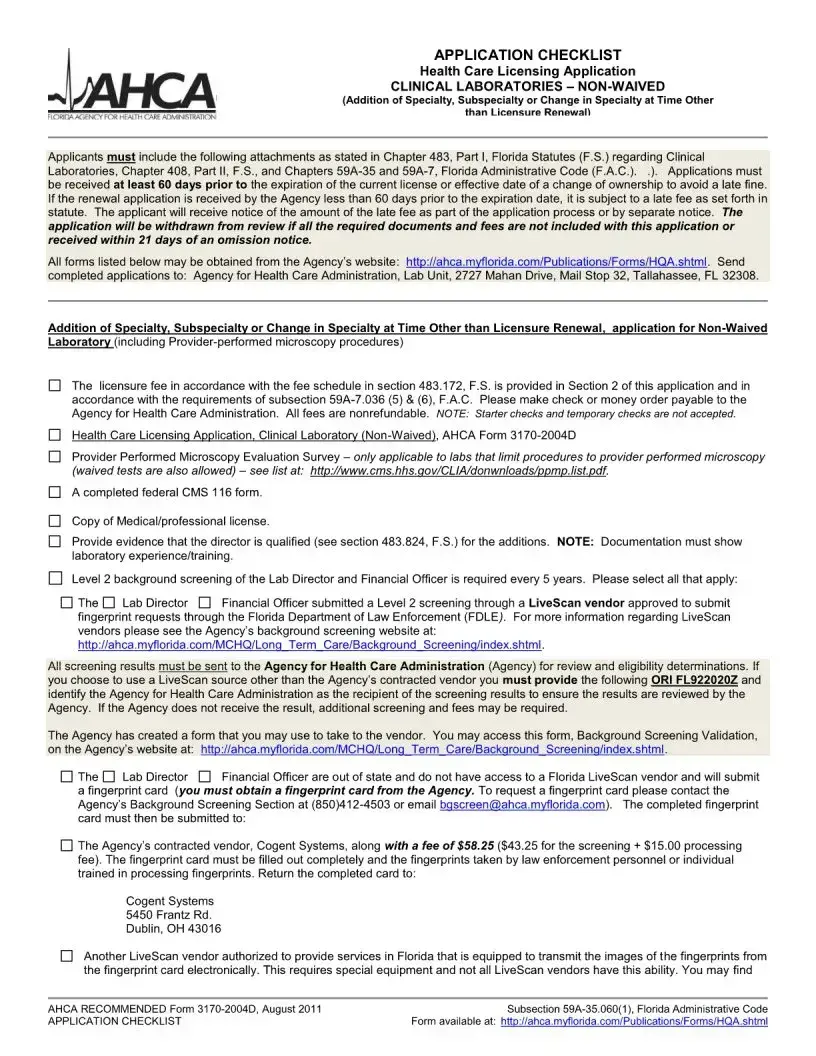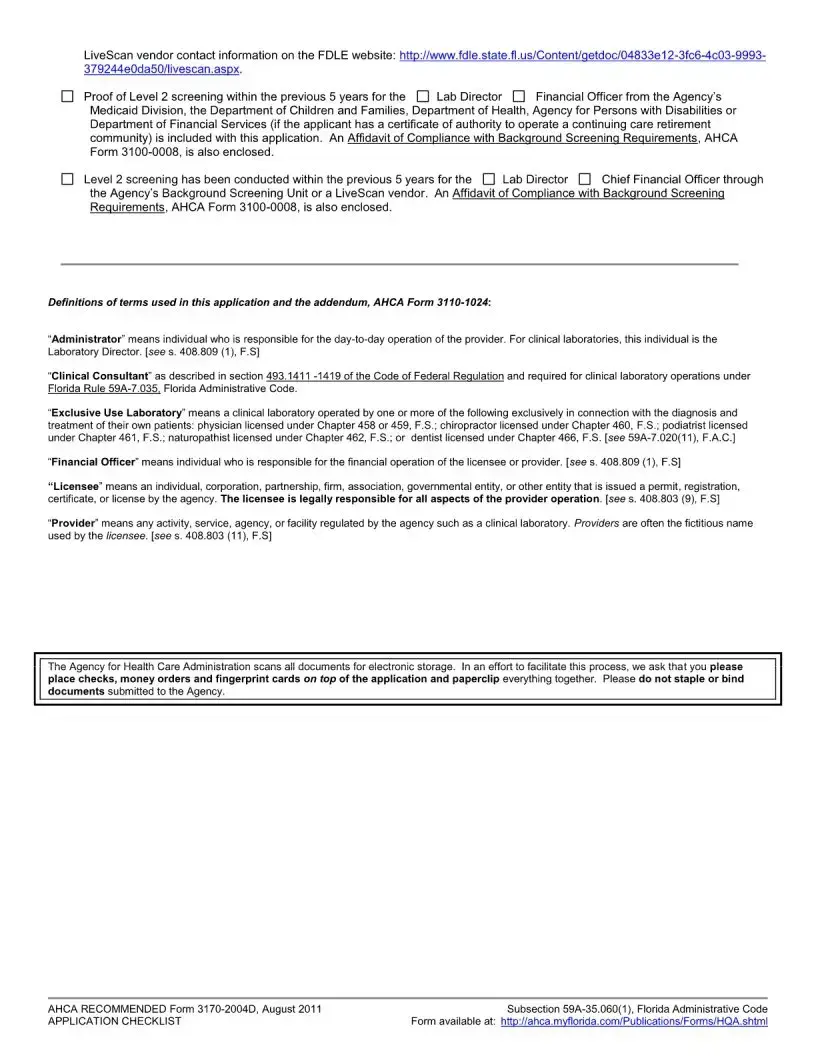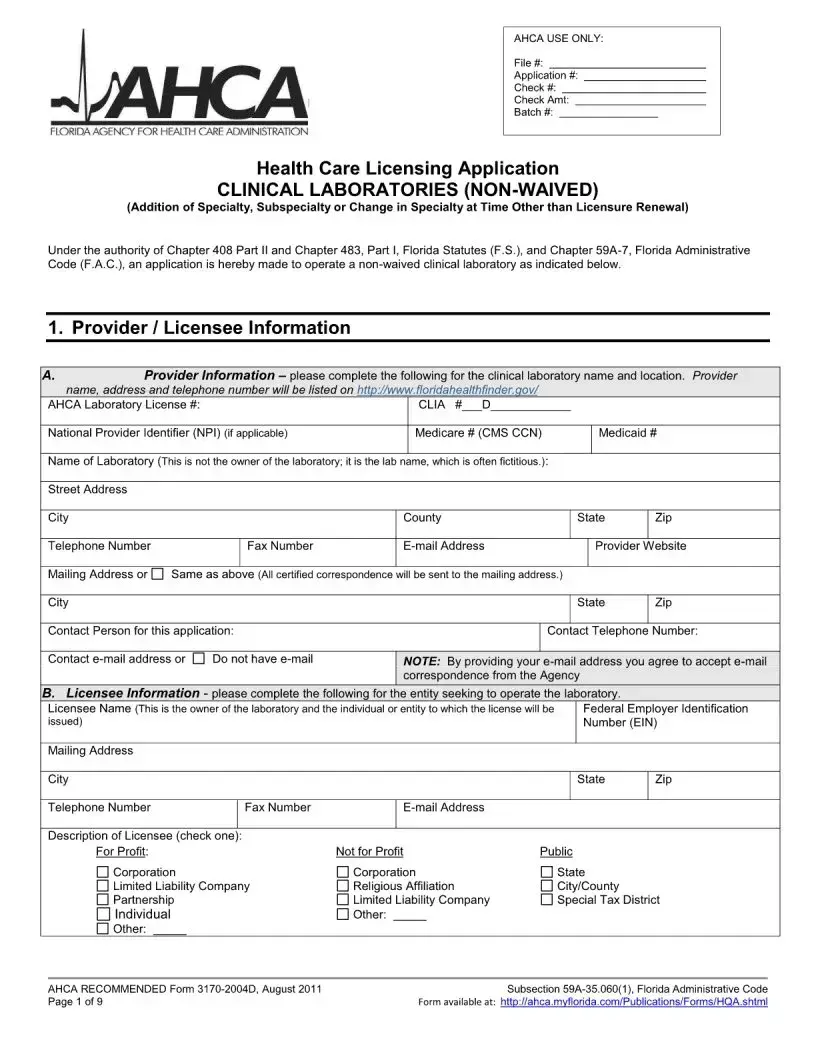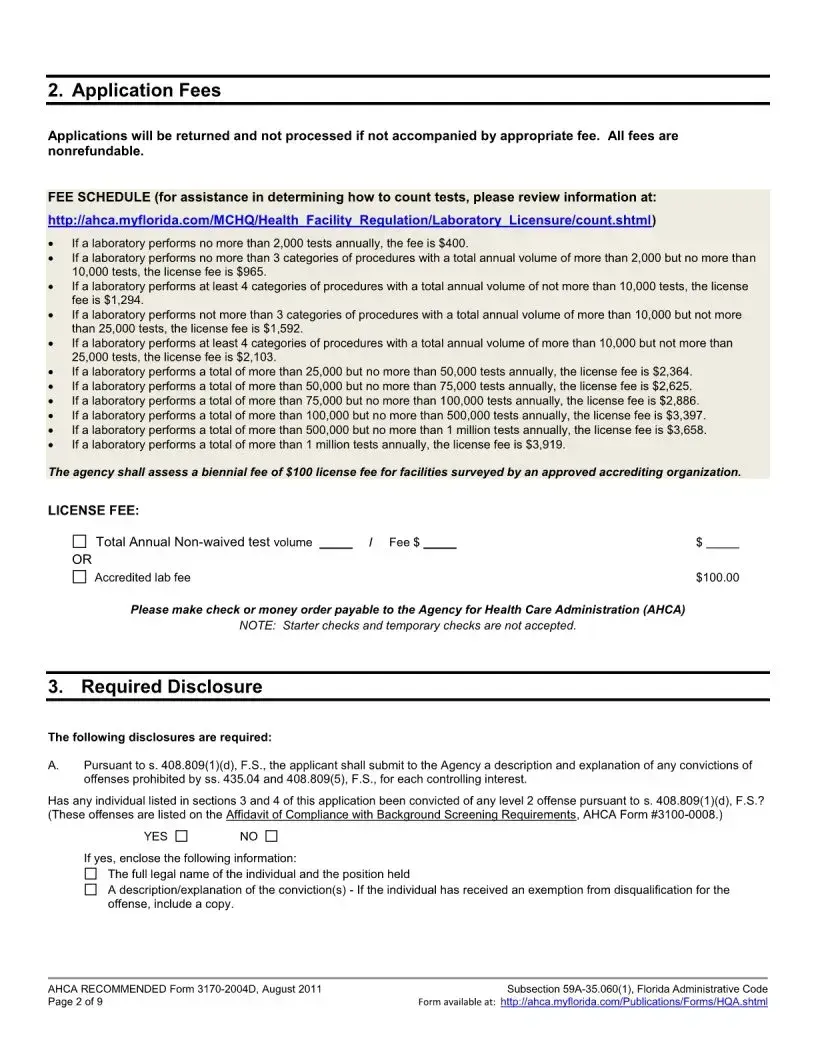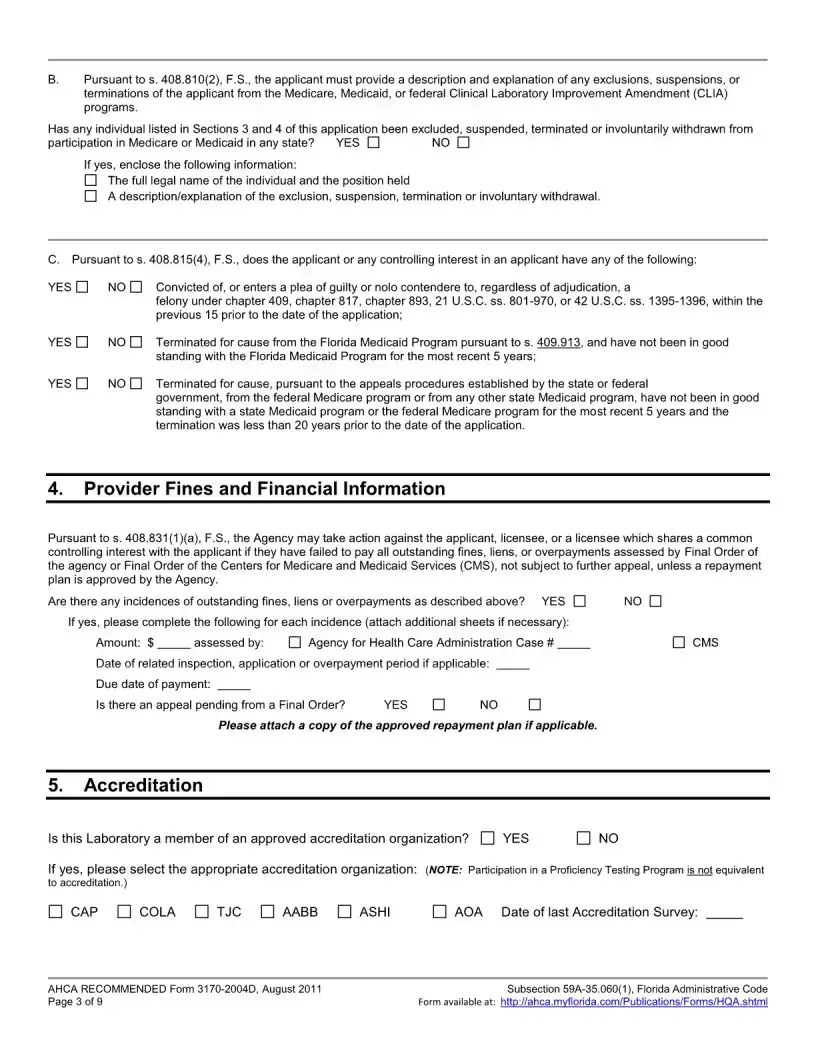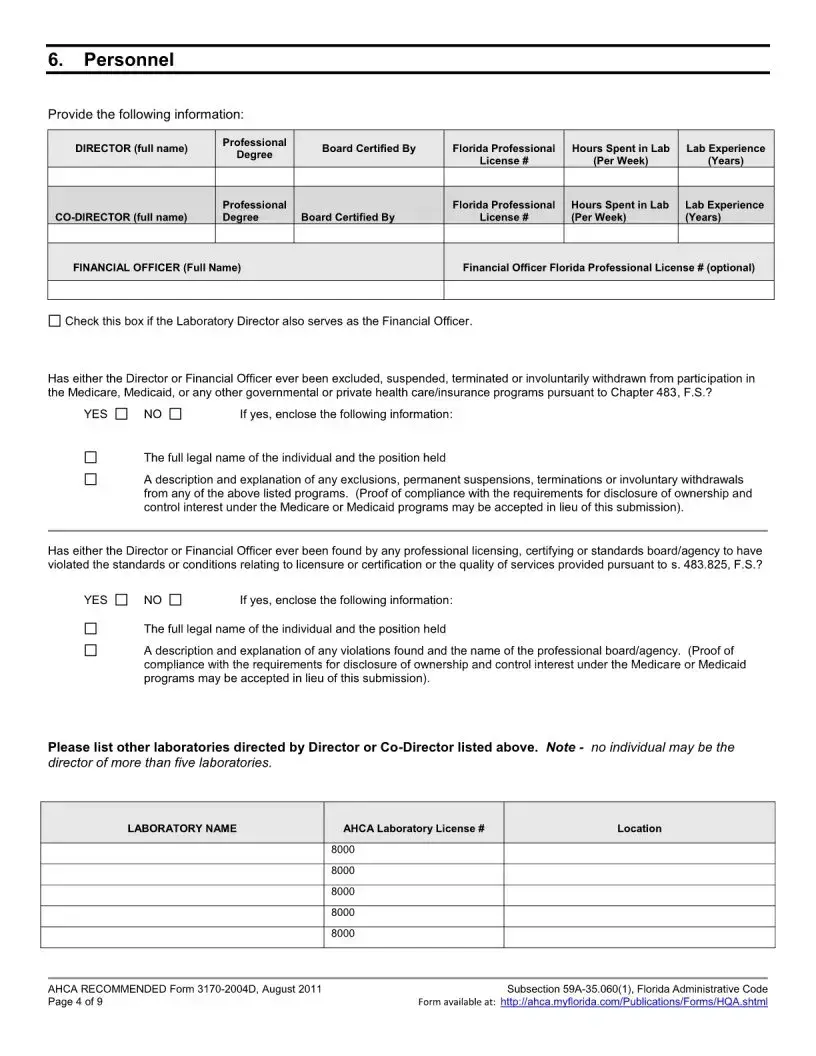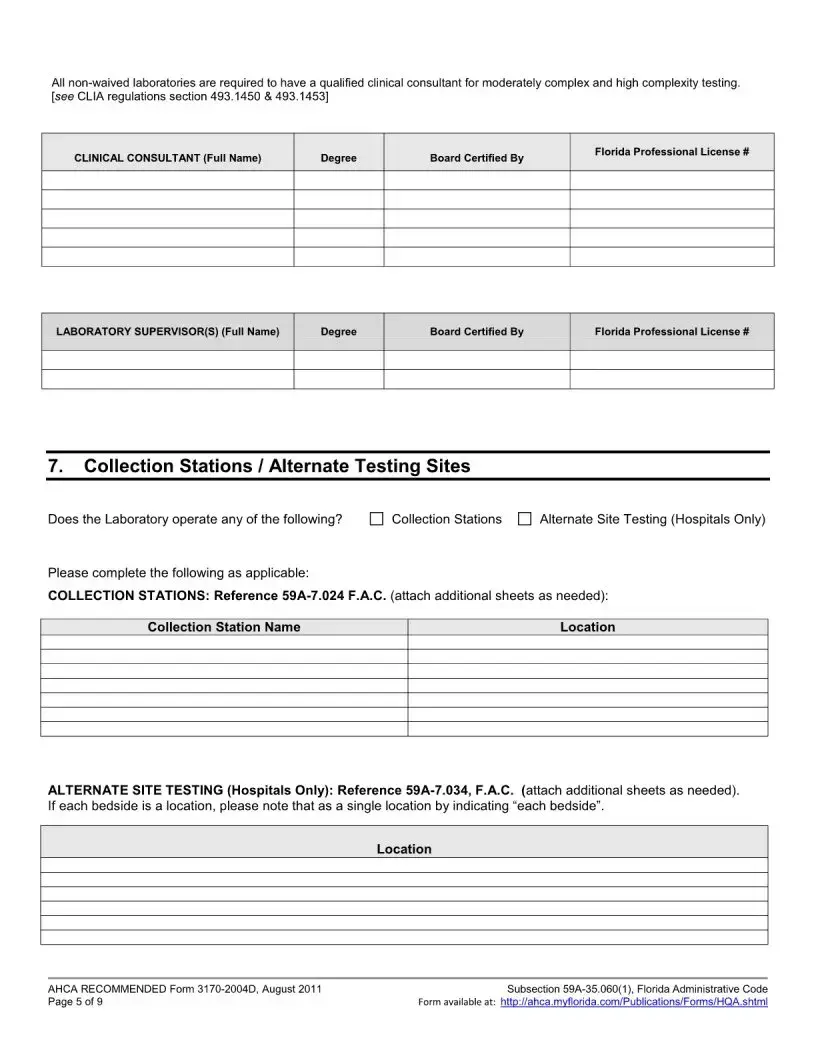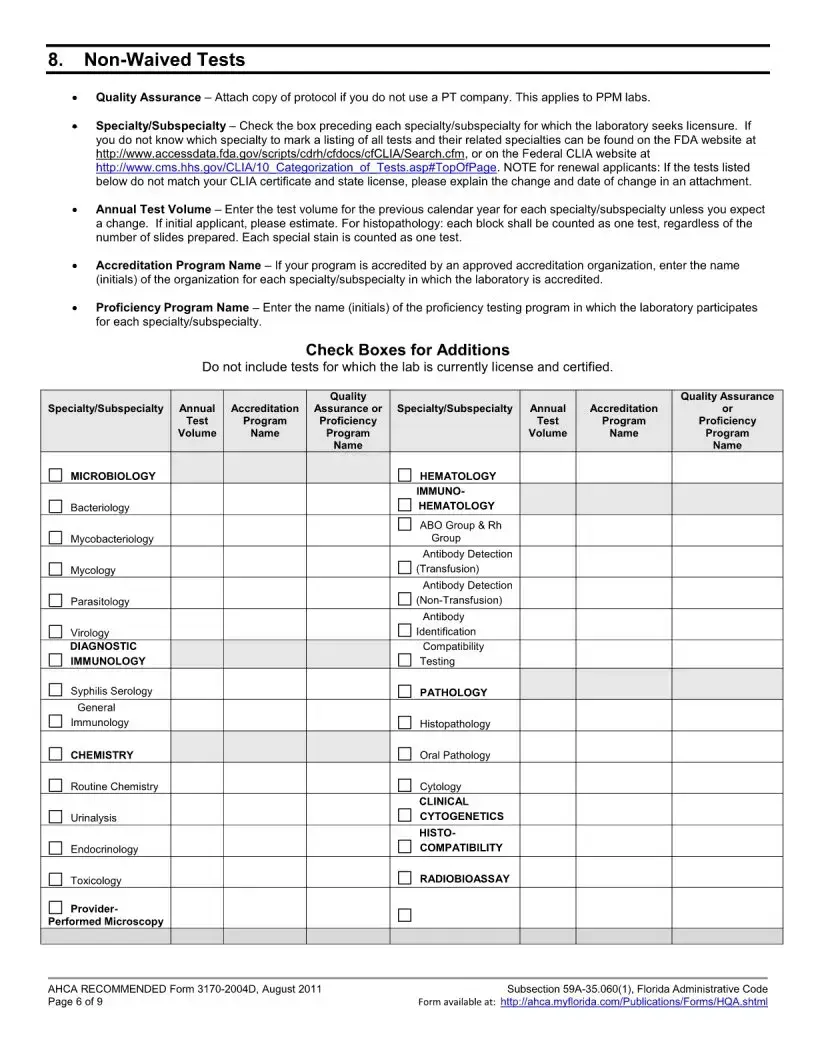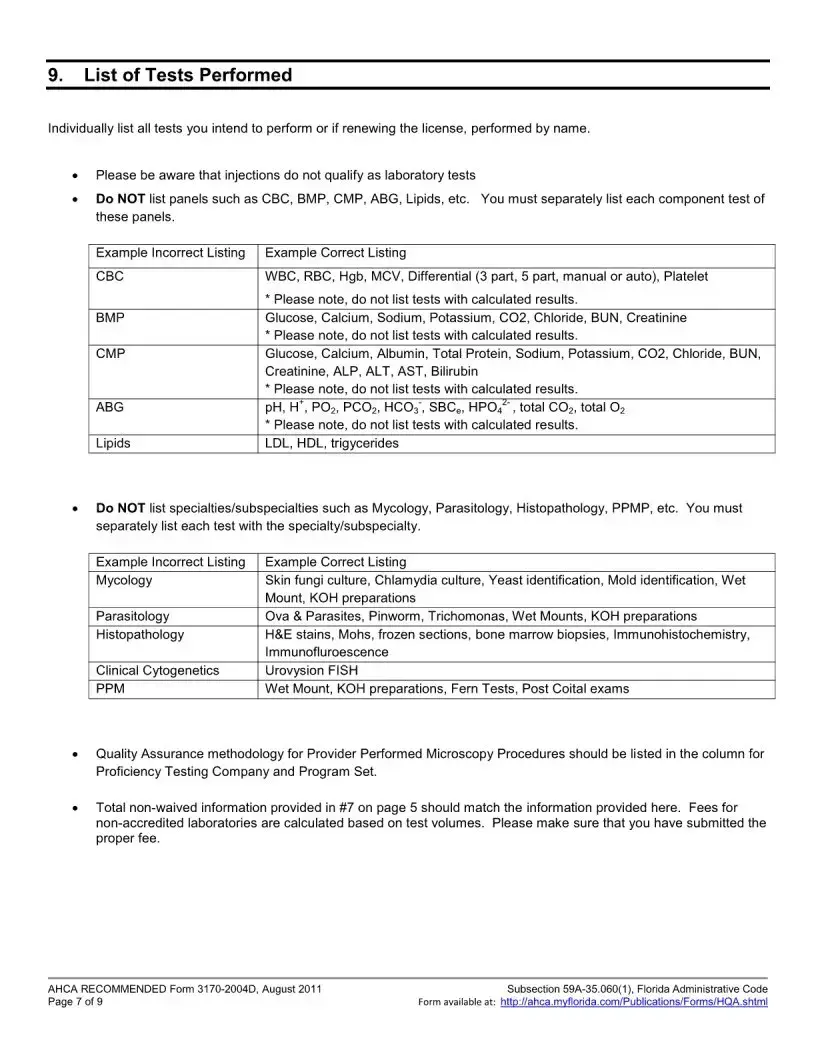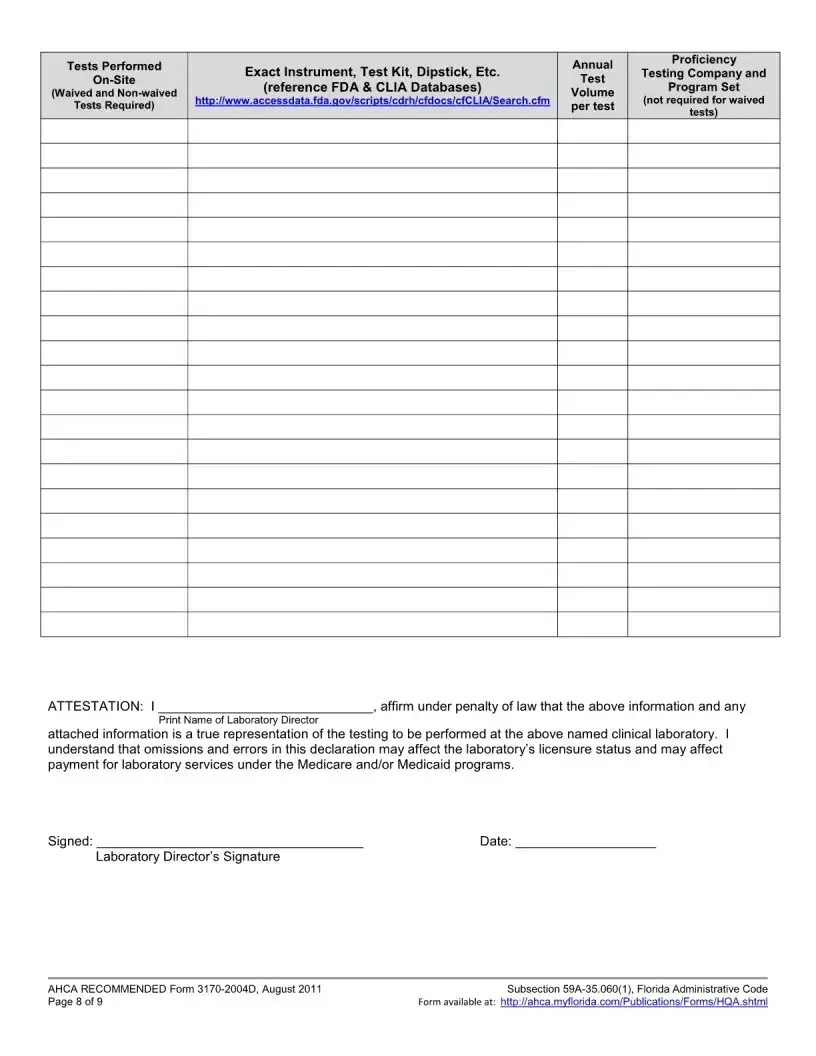What is the Florida 3170 form?
The Florida 3170 form, also known as the Uniform Incident/Complaint Report form, is used by law enforcement agencies in Florida to report incidents or complaints they encounter during their duties. This form is critical for documenting details of incidents, including information about the individuals involved, the nature of the complaint or incident, and the actions taken by the officers.
Who needs to fill out the Florida 3170 form?
Law enforcement officers in the State of Florida are required to fill out the Florida 3170 form. When officers respond to or discover an incident or receive a complaint, they use this form to record the relevant details. It is an essential part of official documentation and record-keeping for police departments and other law enforcement agencies.
When should the Florida 3170 form be submitted?
This form should be completed and submitted as soon as possible after the incident or complaint is addressed. Timely submission is crucial for ensuring that the details are recorded accurately and for facilitating any necessary follow-up actions or investigations.
What information is required on the Florida 3170 form?
The form asks for comprehensive details about the incident or complaint, including but not limited to: the date, time, and location of the incident; a description of what occurred; the names and contact information of any individuals involved; and the actions taken by responding officers. It may also require supporting documents or evidence to be attached.
Where can I obtain a Florida 3170 form?
Florida 3170 forms are typically available through your local law enforcement agency. They might also be accessible online through the official website of the Florida Department of Law Enforcement or the specific county or city police department's site.
Is training required to fill out the Florida 3170 form correctly?
Yes, law enforcement officers are typically trained on how to properly fill out the Florida 3170 form as part of their standard training curriculum. This ensures that all necessary information is accurately and completely documented.
Can the Florida 3170 form be submitted electronically?
Depending on the law enforcement agency, the Florida 3170 form may be submitted electronically. Many agencies have moved towards digital record-keeping and reporting, allowing for electronic submission to streamline the process. However, it is best to check with the specific agency to confirm their submission requirements.
How long are Florida 3170 forms kept on file?
Florida law dictates the retention period for incident and complaint reports, including the Florida 3170 form. Typically, these records must be kept for a minimum of several years after the reporting date. The exact duration can vary based on the nature of the incident and any applicable statutes or regulations governing public records.
Are there any penalties for not completing the Florida 3170 form correctly?
Failure to properly fill out and submit the Florida 3170 form can result in administrative action against the law enforcement officer or agency. This could include reprimands, additional training requirements, or other disciplinary measures. It's crucial to complete these forms accurately and thoroughly to maintain accountability and uphold the integrity of the legal system.
